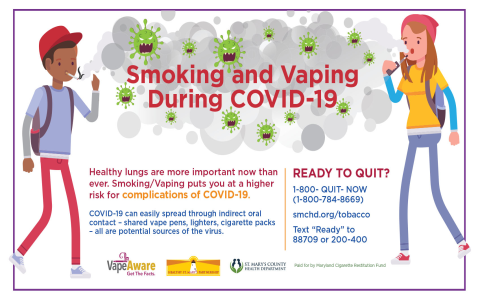Both electronic cigarettes (e-cigarettes, vapes) and regular cigarettes deliver nicotine, an addictive substance with health impacts. Scientific consensus clearly indicates e-cigarettes are less harmful than regular cigarettes, but neither is safe.
Key Differences and Health Implications
Regular Cigarettes:

- Function via Combustion: Burning tobacco generates thousands of chemicals.
- High Levels of Harmful Constituents: Known to contain over 70 established carcinogens (e.g., tar, benzene, formaldehyde, nitrosamines).
- Proven Link to Disease: Directly cause lung cancer, heart disease, stroke, COPD, and numerous other cancers and chronic illnesses.
- Secondhand Smoke: Exposes others to harmful chemicals.
E-cigarettes:
- Function via Aerosolization: Heat a liquid (e-liquid) to create an aerosol (vapor), not smoke.
- Reduced Harmful Constituents: Generally contain far fewer and lower levels of toxic chemicals compared to cigarette smoke.
- Aerosol Risks: The aerosol is not harmless. It contains nicotine, ultrafine particles, flavorings (some linked to lung damage like diacetyl), volatile organic compounds, and potentially heavy metals. Long-term health effects are still being studied.
- Secondhand Aerosol: Exposes bystanders to nicotine and other chemicals; health impact less severe than smoke but not risk-free.
Comparing Health Effects
- Carcinogenic Potential: E-cigarettes expose users to significantly lower levels of known carcinogens than cigarettes. The cancer risk is substantially reduced but not eliminated.
- Respiratory Health: Switching from cigarettes to e-cigarettes can improve respiratory symptoms and lung function for adult smokers. However, e-cigarettes themselves may cause lung irritation and potential harm (e.g., EVALI linked primarily to THC oils/vitamin E acetate, though rare).
- Cardiovascular Health: Nicotine increases heart rate and blood pressure, posing cardiovascular risks with both products. E-cigarettes likely pose less heart risk than cigarettes but more than not using either.
- Addiction: Both products are highly addictive due to nicotine. E-cigarettes can deliver nicotine very efficiently, making them effective for addiction maintenance and potentially leading to high dependence.
Critical Considerations
- For Adult Smokers: Completely switching from cigarettes to e-cigarettes reduces exposure to harmful toxins and is a less harmful alternative for established smokers unwilling or unable to quit nicotine. Quitting all nicotine products remains the healthiest option.
- For Non-Smokers, Especially Youth: E-cigarette use is not safe. Nicotine harms adolescent brain development and increases addiction risk, potentially serving as a gateway to cigarette use. Flavorings appeal heavily to youth.
- Long-Term Unknowns: E-cigarettes are relatively new products. Long-term health consequences (e.g., 20-30+ years of use) are not fully established, though likely far less severe than cigarettes.
Conclusion
E-cigarettes are less harmful than regular cigarettes because they do not involve combustion and exposure to high levels of proven carcinogens. However, e-cigarettes are not safe. They pose health risks, primarily through nicotine addiction and inhalation of potentially harmful aerosols. The best choice for health is to avoid both products entirely. Adult smokers seeking a less harmful alternative to cigarettes should only use regulated e-cigarettes temporarily as a complete substitute while actively pursuing complete nicotine cessation.









